 I recently heard from a college buddy I haven’t spoken with for years. He’s running for City Council to help forward his environmental passions. But that wasn’t why he wrote me. His 16-year-old isn’t much of a writer and isn’t getting the support needed in public school. My friend wanted advice for his teen on how to become a better writer. Here are 3 Writing Tips for anyone to get started on the path of writing better.
I recently heard from a college buddy I haven’t spoken with for years. He’s running for City Council to help forward his environmental passions. But that wasn’t why he wrote me. His 16-year-old isn’t much of a writer and isn’t getting the support needed in public school. My friend wanted advice for his teen on how to become a better writer. Here are 3 Writing Tips for anyone to get started on the path of writing better.
Writing Tip #1: My advice for the teenager would be similar to advice to anyone who struggles a bit with writing or who actually likes writing but wants to get better:
BLOG!
Find your passion. Write about it. Or interview experts about a passion or something you’re just curious about.
The more excited you are about the topic, the more that will come through in the writing. Plus it will be so much easier to write about something you find stimulating.
Get a coach to guide you and brainstorm with you about audience, post length, topics, structure and more.
Writing Tip #2: READ!
Read widely. Study the best writers in your genre and beyond. Make notes. What do you especially like about a piece of writing? How might you incorporate that in your own writing?
Writers in other genres might help you take more risks with your writing and try new things.
Notice how different authors create tone and develop their voice.
 Writing Tip #3: READ ALOUD!
Writing Tip #3: READ ALOUD!
Especially, read your own work aloud. Read it aloud to yourself and you will hear what works and what sounds “off.” This is especially helpful with dialogue.
Read your work aloud to a friend or colleague and get feedback from them.
Or, better yet, have your friend or colleague read to you so you can hear any language or sentence structure that trips him up or is hard to parse. Take notes and make changes. Your work will flow better after incorporating this step.
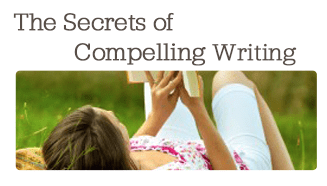 You can also order my special report, The Secrets of Compelling Writing.
You can also order my special report, The Secrets of Compelling Writing.


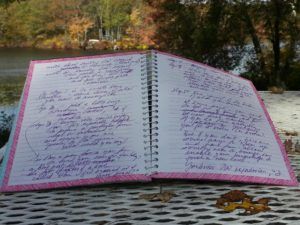 Shakespeare, of course, was a master of this. By contrast, the modern directive to “write for an eighth grade vocabulary” can inflict the damage of pressuring more and more words into disuse.
Shakespeare, of course, was a master of this. By contrast, the modern directive to “write for an eighth grade vocabulary” can inflict the damage of pressuring more and more words into disuse.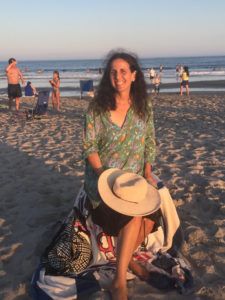
 3. Start Positive and Keep Stoking the Fire: Transformation takes work. If you’re writing a self-help book, your readers have plenty of opportunity to resist change, beat themselves up or self-sabotage. By starting each chapter–and many sections–with a positive, inspirational story or a bit of cheerleading, you help your readers fill their tanks before using any fuel. When they waste a bit of fuel on sabotaging or doubting themselves, there’s still fuel left in the tank from your earlier efforts. This makes it that much easier for readers to make some of the changes your book suggests.
3. Start Positive and Keep Stoking the Fire: Transformation takes work. If you’re writing a self-help book, your readers have plenty of opportunity to resist change, beat themselves up or self-sabotage. By starting each chapter–and many sections–with a positive, inspirational story or a bit of cheerleading, you help your readers fill their tanks before using any fuel. When they waste a bit of fuel on sabotaging or doubting themselves, there’s still fuel left in the tank from your earlier efforts. This makes it that much easier for readers to make some of the changes your book suggests.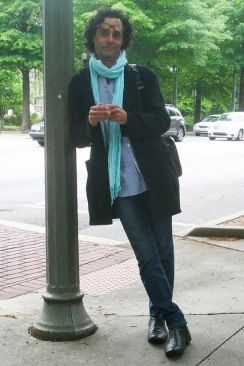 Last year, my colleague, the hyper-creative, witty and multi-talented Greg Miller, told me he was working on an ebook and asked if he could share an article I’d written as a resource in it. I was flattered, of course, and curious. Recently I had a peek at the book – and it is more inspiring, brilliant, practical and playful than I even imagined when he first shared the idea.
Last year, my colleague, the hyper-creative, witty and multi-talented Greg Miller, told me he was working on an ebook and asked if he could share an article I’d written as a resource in it. I was flattered, of course, and curious. Recently I had a peek at the book – and it is more inspiring, brilliant, practical and playful than I even imagined when he first shared the idea.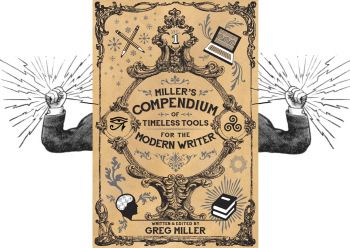 Greg: Many people will probably use the Compendium the way I’m already using it in my writing. I’ve used Aristotle’s Elements of Complex Plots to develop storylines. I’ve used Vonnegut’s Axis to chart the protagonists’ story arcs. I’ve applied specific narrative techniques from Patricia Highsmith and Parker & Stone (of “South Park” fame) to plot developments and I routinely use several outline techniques (out of twelve listed in the Compendium). I’ve also browsed it for additional perspectives, prompts and brainstorming ideas.
Greg: Many people will probably use the Compendium the way I’m already using it in my writing. I’ve used Aristotle’s Elements of Complex Plots to develop storylines. I’ve used Vonnegut’s Axis to chart the protagonists’ story arcs. I’ve applied specific narrative techniques from Patricia Highsmith and Parker & Stone (of “South Park” fame) to plot developments and I routinely use several outline techniques (out of twelve listed in the Compendium). I’ve also browsed it for additional perspectives, prompts and brainstorming ideas.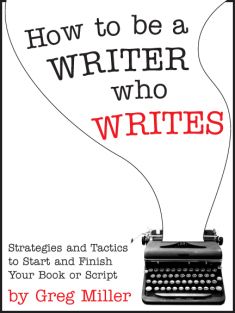 Greg: It took years. I originally thought it would be the Appendix to my first book,
Greg: It took years. I originally thought it would be the Appendix to my first book, 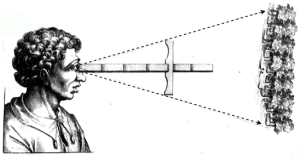 Greg: Thanks. I love the graphics (I say with all humility, because I didn’t make them). The book was originally just text. “Yes, but…” said a friend of an early draft, “it has to look like something.” Of course it did! You can’t just have page after page of words and lists, no matter how well organized. I started thinking about how to make it look like something – and what that something should be.
Greg: Thanks. I love the graphics (I say with all humility, because I didn’t make them). The book was originally just text. “Yes, but…” said a friend of an early draft, “it has to look like something.” Of course it did! You can’t just have page after page of words and lists, no matter how well organized. I started thinking about how to make it look like something – and what that something should be.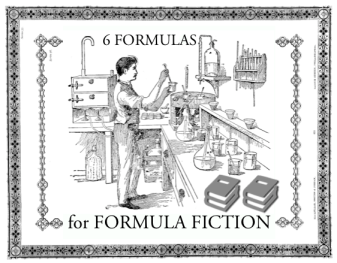 Greg: I found so many brilliant graphic ads while researching the Compendium, I wanted a way to share those too. A lot of the ads are for writing supplies; typewriters, ink, paper, pens and pencils – when their artistry was arguably at its height, and graphic art itself was flourishing, so they’re beautiful. And most of them celebrate the tools writers used then and still use today, so they’re inspirational.Lots of old books (and catalogs) included advertising supplements, so it was natural to create one in the Compendium where I could showcase the vintage ads.
Greg: I found so many brilliant graphic ads while researching the Compendium, I wanted a way to share those too. A lot of the ads are for writing supplies; typewriters, ink, paper, pens and pencils – when their artistry was arguably at its height, and graphic art itself was flourishing, so they’re beautiful. And most of them celebrate the tools writers used then and still use today, so they’re inspirational.Lots of old books (and catalogs) included advertising supplements, so it was natural to create one in the Compendium where I could showcase the vintage ads.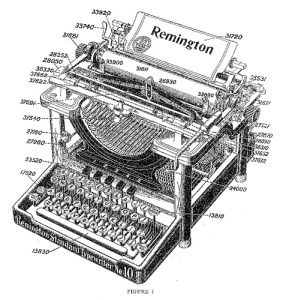 Greg: The funds are for the actual direct production costs of the First Edition e-book.The campaign goal is $5600. That’s $600 for the (amazing!) cover, $1200 for a professional copy edit, $500 for Kickstarter fees and $3300 for production layout, programming and production of the e-book (for epub and mobi). The Compendium is big and it has a lot of external and internal links that each have to be individually programmed and triple-checked for all formats. Production of an e-book of this complexity is what costs. You can’t just run it through Smashwords. You can find all the details on
Greg: The funds are for the actual direct production costs of the First Edition e-book.The campaign goal is $5600. That’s $600 for the (amazing!) cover, $1200 for a professional copy edit, $500 for Kickstarter fees and $3300 for production layout, programming and production of the e-book (for epub and mobi). The Compendium is big and it has a lot of external and internal links that each have to be individually programmed and triple-checked for all formats. Production of an e-book of this complexity is what costs. You can’t just run it through Smashwords. You can find all the details on 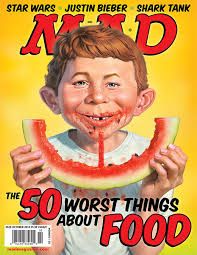 Ever feel like you’re in a slump with your writing? It needs something fresh? One trick I’ve found is to read something in a completely different genre. Then, if inspired, even write something short in a similar voice.
Ever feel like you’re in a slump with your writing? It needs something fresh? One trick I’ve found is to read something in a completely different genre. Then, if inspired, even write something short in a similar voice.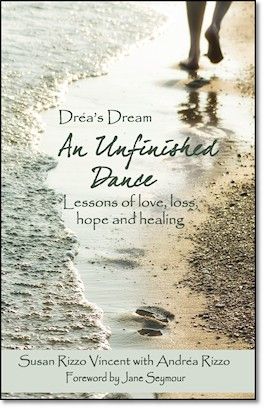 Last week, my inbox was filled with exciting news from former clients and Bring Your Book to Life® Graduates. Whether you’re just beginning to write a book or meeting some challenges on the path, it’s always helpful to find others who have trod the way before you for both inspiration and mentoring.
Last week, my inbox was filled with exciting news from former clients and Bring Your Book to Life® Graduates. Whether you’re just beginning to write a book or meeting some challenges on the path, it’s always helpful to find others who have trod the way before you for both inspiration and mentoring.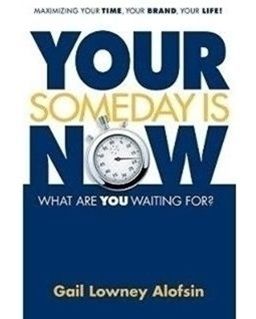
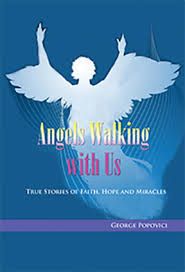 FEATURED ARTIST
FEATURED ARTIST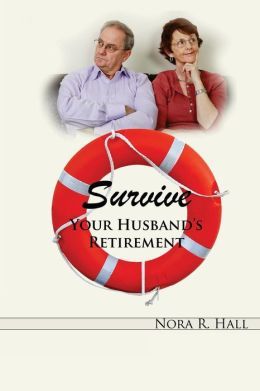 Nora Hall, author of
Nora Hall, author of 